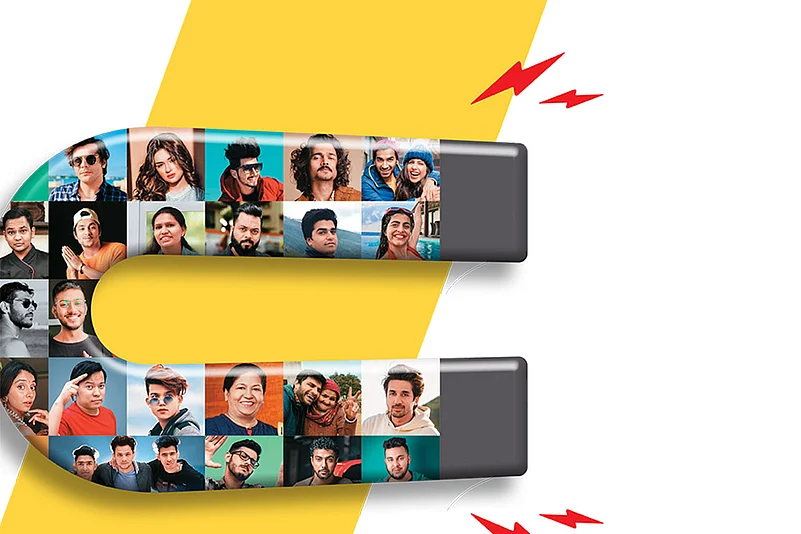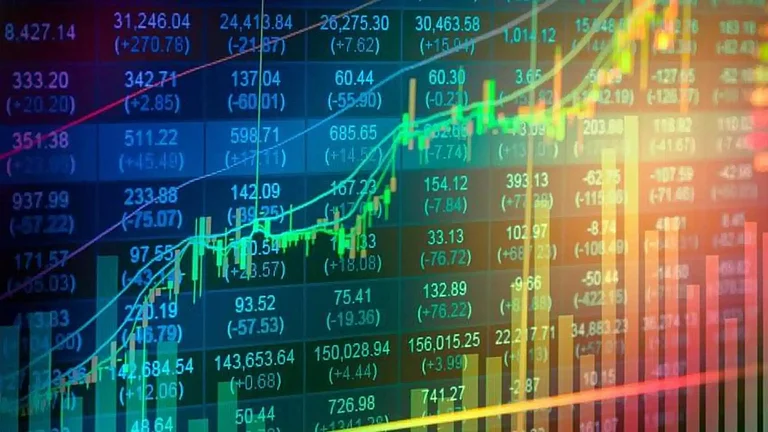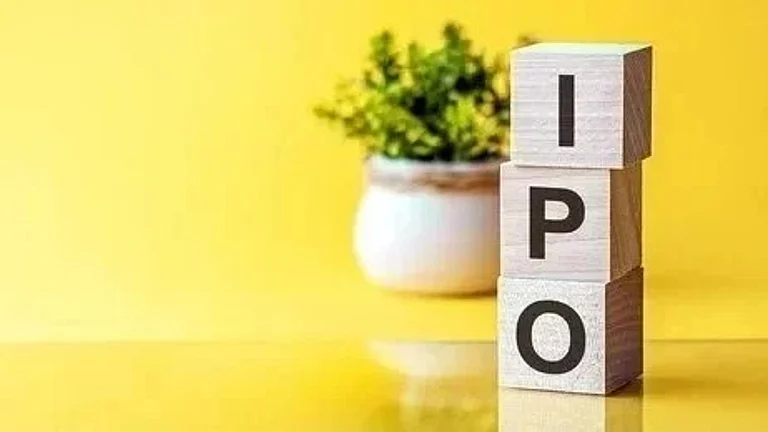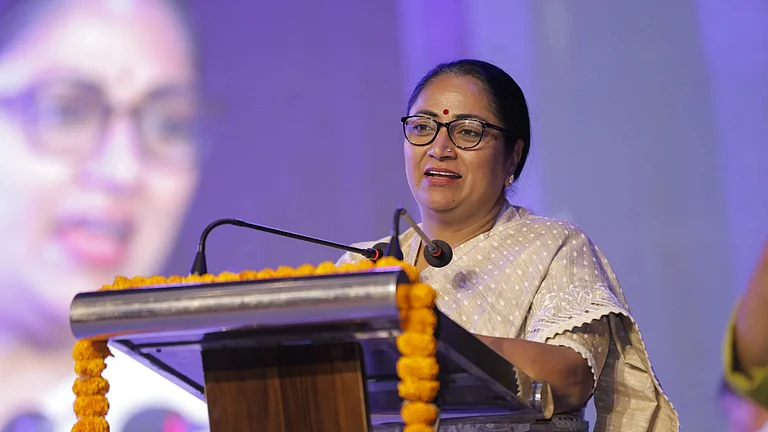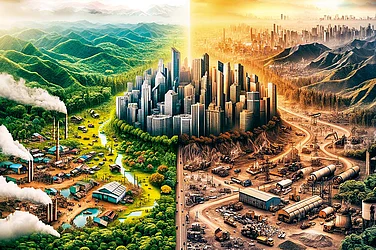When the internet was discovered in 1983, its primary purpose was to connect a network of computers across the world for the dissemination of information. Today, the internet has emerged as the biggest tool to conduct business and earn from any corner of the world. In India, the proliferation of smartphone and cheap data has given a new dimension to doing business. In fact, it won’t be exaggerating to say, it’s what our lives revolves around, a mainstay.
The mobile phone revolution has also changed several aspects of life, one of them being the business of advertising and marketing. With the advent of social media and its resultant widespread reach, brands have re-imagined the business of marketing. Instagram, YouTube, and Facebook have become the new billboards. While scrolling through social media, you would invariably bump into unknown, people-next-door faces telling you why a particular gym wear is more comfortable or why a specific pressure cooker would make your daal tastier.
They are the influencers – people with a huge follower base on some or all of the social media platforms. And, apart from the Dhonis and Alia Bhatts of the world, brands are increasingly roping in them to play the new-age digital marketing game.

The INCA E4M India Influencer Marketing Report 2021 estimates that the influencer marketing industry in India is currently worth Rs 900 crore, and that it is only set to grow further. The report estimates that the industry is poised to grow at a CAGR of 25% for the next decade, reaching a size of Rs 2,200 crore in 2025.
Brands have taken note, and are collaborating with influencers to promote their products, services, events and more like never before since the onset of the pandemic. According to Rasesh Raja, a digital marketing professional, there are two crucial reasons driving this: “Influencer marketing was an integral part of the marketing mix before pandemic as well, but it became more relevant because the clients started to have a budget crunch and most of the budgets that were assigned specifically for TV series, print, etc. shifted to digital.”
He adds: “Plus, people were consuming a lot of content. They were trusting influencers earlier as well, but the bond between consumers and influencers became stronger because of the kind of relatable content they generated during the pandemic.”

The New Stars
There are multiple reasons behind the popularity of influencers. With an increase in access to the internet and smartphones, the patterns of content consumption have changed in India. Coupled with shortening attention spans of the audience, it has resulted in the shift towards online streaming services and short-form content platforms such as Instagram and YouTube as the primary sources of entertainment.
So, has the very definition of stars and celebrities in its traditional form also changed?
Definitely, industry and marketing experts say. One platform that has been at the centre of this shift is MX TakaTak, which focuses on short-form videos made by people often portraying their everyday lives. Parul Menghani, VP & Head of Content at MX TakaTak explains: “Users today prefer on-the-go entertainment. To watch videos on TakaTak, you don’t need to be sitting in your living room and blocking time or go to the theatres. You are watching videos of regular people doing regular things, not celebrities. They are aspirational and not meant for daily consumption. People today want relatability.”
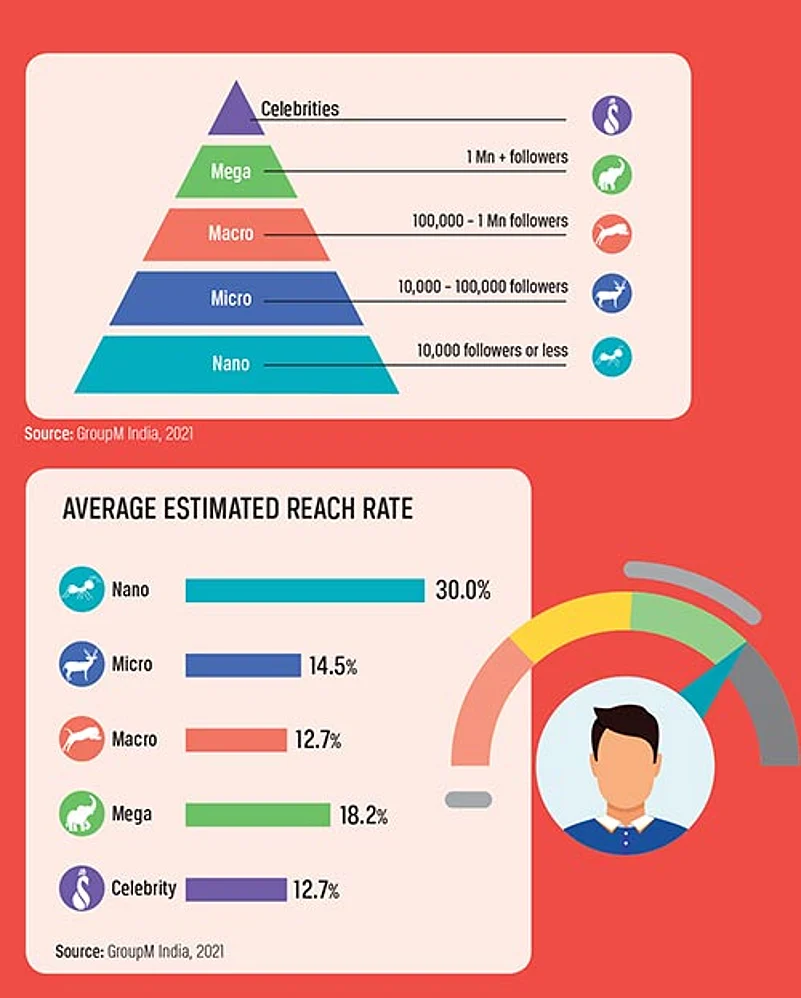
According to advertising agencies, it is this notion of accessibility and relatability that brands are planning to benefit from. For instance, all of the marketing leaders surveyed in the INCA report ranked influencer campaigns as a top priority for 2021 and beyond. Every other leader indicated a budget growth for such campaigns of more than 25% this year. “In a country with more than 400 million active social media users, most of whom follow at least one influencer, this is a massive brand opportunity,” the report states.
“While we are sure there must be many brands that still want to go through the traditional route of advertising, we have seen a tremendous growth in brands understanding the power that a creator today holds among the digital first audience,” says Divisha Iyer, Business Head for Influencer Management at Schbang.
With more and more brands vying for collaborations with influencers, a number of agencies managing them have cropped up as well. One such agency is Influencer.in. Started in 2016, it now has over 70,000 influencers and video bloggers across genres. Vikas Chawla, its co-founder, says: “Back then, (in 2016) we could see the early trends because both me and my other founders had lived abroad. We had some sense of where this was headed. But the way it has transformed in the last two years is unimaginable.”
Tying up with content creators also provides brands a chance to tap their online presence, and work with content that the audience follows. Schbang’s Iyer elaborates that brands leverage influencers not just to ‘influence’ but also to generate quality content that’s diverse and genuine. Chawla adds that campaigns, which often work better than the others, are the ones which centre around the influencer’s style of content.
The Right Mix
One thing that remains on the mind of skeptics is whether influencer marketing is all noise and no returns? It definitely has its uses. Research by Exchange4Media shows that over 80% of the consumers surveyed have purchased something via an influencer recommendation. It also points out that the return on investment (RoI) for influencer marketing campaigns tends to be 11x more than traditional ads.
However, difficulty in assessing digital engagement and actual returns for brands, remains. As a result, getting the right mix of influencers, platforms and models is extremely crucial.
The first question is which influencers to work with? There are some broad tiers to choose from: Nano influencers (10,000 followers or less), micro influencers (10,000 to 100,000 followers), macro influencers (100, 000- 1 million followers) and mega influencers (1 million + followers).
Surprisingly, it is the nano influencers which often see the highest percentage of engagement because of their small and a more close-knit community of followers. According to the INCA report, the average engagement rate of nano-influencers in India is 30%, while for micro-influencers it is 14.5%. For mega and macro, it stands at 18.2% and 12.7%, respectively.
Nano influencers also have a lot more flexibility in working on campaigns, which works well for brands. Influencer.in’s Chawla says. “It works when you are leveraging a lot of nano influencers at the same time.” In one such campaign by Bharat Matrimony titled #WhatWomenReally, the agency teamed up with six nano influencers for creating posts related to their dreams and desires. The campaign was hugely successful, with the posts reaching 6 million users and the overall impressions standing at 8 million.
In terms of earnings, Apaksh Gupta, CEO, One Impression says, “The top 60-100 influencers make between Rs 1 and Rs 1.5 crore a month (Rs 20-30 crore a year), sometimes more than that. The next 500 make about Rs 50-75 lakh a month, which is about Rs 6-10 crore a year.” Initially, smaller influencers begin with barter deals instead of cash payouts. “Once they gain enough traction and have a greater follower count, they can also claim travel and stay,” says Himanshu Arya, CEO of Grapes Digital.
The second stage is choosing which platform to focus on for the campaigns. In this realm, the primary platform remains Instagram because of its focus on short-format video content such as Reels and Stories, “It usually provides the best outcome for brands and influencers in terms of sales and RoI alike,” Rasesh Raja points out. However, other indigenous platforms such as MX Takatak and Sharechat are also rising up the ranks. They form a crucial component of marketing campaigns, especially in the tier 2 and 3 cities.
A clearly defined RoI plays a crucial role in setting the goal for the campaigns and directing resources towards it. As a result, agencies play a key role in defining the expected RoI that brands seek from influencers in advance. It is typically measured in terms of post views, likes, website/link visits, contest entries and use of coupon codes, among others.
But the RoI differs from campaign to campaign. “For example, if a campaign is aimed at creating awareness then the RoI is calculated based on reach/impressions. Similarly, if a campaign aims to drive sales, then the RoI is calculated based on swipe-ups, link clicks, website visits, etc. We also calculate the earned media value derived from influencer associations,” says Schbang’s Iyer.
As brands and influencers seek out long-term partnerships, performance-based influencer marketing has been on a rise, driving brands to expect influencers deliver on a specific number of sales or clicks. “This justifies each penny being spent on influencer marketing with concrete results,” says Iyer.
Even with the right mix, there are certain segments which are likely to do better than others in terms of influencer marketing campaigns. Influencer.in’s 2021 marketing report suggests that the fashion industry forms 25% of such campaigns, while lifestyle and beauty make for 21% and 19% of the chunk, respectively.
As the industry gets bigger, some regulations are also coming in. In a major move, the Advertising Standards Council of India (ASCI), officially, launched the influencer marketing guidelines in May 2021, for ‘consumers to distinguish between something that is promoted with an intention to influence consumers’ opinion or behaviour for an immediate or commercial gain’. The guidelines make it mandatory for influencers to label the promotional content they post. So, any promotional content by an influencer on Instagram will now come with the tag, ‘paid collaboration’, right on top.
As a result, a number of influencers and brands are tweaking the nature of their collaborations, and focusing more on creativity of the content to grab eyeballs. Influencer.in’s report highlights that 61% of creators surveyed suggested that they will change their content according to the new rules; 71% of them feel that the rules were necessary.
Rise of Regional Content
With the evolving of social media and its influencers, the biggest winners have been the regional content creators. The obsession for short-video format started with Tiktok, the now banned (in India) Chinese short-form video app, which took content creation to the masses. It enabled India’s non-English speaking population, from the remotest corners of Bharat, to tell their stories.
Soon, TikTok saw a deluge of viral videos about people dancing, making funny spoofs, small-town love and other regular stuff. Yuvraj Singh’s (not the cricketer) video of him dancing to Prabhudeva’s iconic Muqabla song was noticed by actor Hrithik Roshan. Roshan had tweeted the video with the caption, “smoothest airwalker I have seen. Who is this man?”
Shivani Kapila, a TikTok influencer, had over 7 million followers and created content on internet safety and good values. She also hosted a show with actress Shilpa Shetty and her husband Raj Kundra. “TikTok had several big influencers who were not as successful on a platform like Instagram. After TikTok got banned in 2020, Instagram launched Reels in a matter of few days, to cash in on the TikTok audience; its user base has doubled in the last one year,” Himanshu Arya, CEO of Grapes Digital explains.
After the TikTok ban, a number of similar indigenous platforms have seen a jump in popularity, such as MX TakaTak, Josh, and Moj, among others. “MX TakaTak and Moj have 250-300 million active users. Even Sharechat and Dailyhunt have a fairly large user base. TikTok disrupted the space through its short-form videos but social media is an evolving space which will continue to be disrupted by newer formats and tools. Similarly, Snapchat launched Story and that became a rage,” Gupta says.
Meghnani goes on to claim that platforms like Instagram mostly cater to Tier-1 cities. But Instagram’s Sandeep Bhushan, Director and Head of India GMS, Facebook disagrees. “We are seeing an emergence of influencers in every category and genre, from every part of the country and in every language. The combined reach of Facebook and Instagram is 40 crore. It means the creators are coming from every corner of the country; it is not a phenomenon of the urban population.”
Even the brands, in an attempt to make their products more accessible and relatable, are eyeing regional influencers for collaborations. “We are seeing a tilt towards regional influencers because they create content that is hyper-local and directed towards a specific audience, in a language and way that they understand. This, therefore, becomes a cost-effective solution for brands as it helps them to better target their audiences,” Iyer says.
As a result, campaigns with regional influencers often tend to give better RoI for brands. Ad agency Lowe Lintas Group, for instance, created a campaign titled #WhyShouldAllChapatisBeRound for Hindustan Unilever’s Annapurna Atta brand in an attempt to change the stereotype around food in a light-hearted manner. As the campaign focused on South India, they collaborated with Aravind SA, a popular local comedian, and also selected regional influential couples to align with Annapurna’s target market and communicate to them via relatable banter. This selection of influencers ensured high engagement and attention, with the videos garnering over 5.3 million views on YouTube and Instagram, exceeding targets by 337%. The brand results also included impressions of over 5.5 million and media readership of over 178 million.
What Next?
While it can be fairly difficult to gauge or predict the next leg of growth in an industry designed around ‘viral’ content and ever-changing trends, there are some bets that marketing experts are placing. One is, use of micro and nano influencers and more collaboration with regional content creators. Apart from that, cause-based influencer marketing is also expected to see a rise.
Further, even as the more established platforms continue to dominate the influencer scene, new platforms are expected to enter the mix. There will be more and more platforms, brands, and content creators joining this party.





